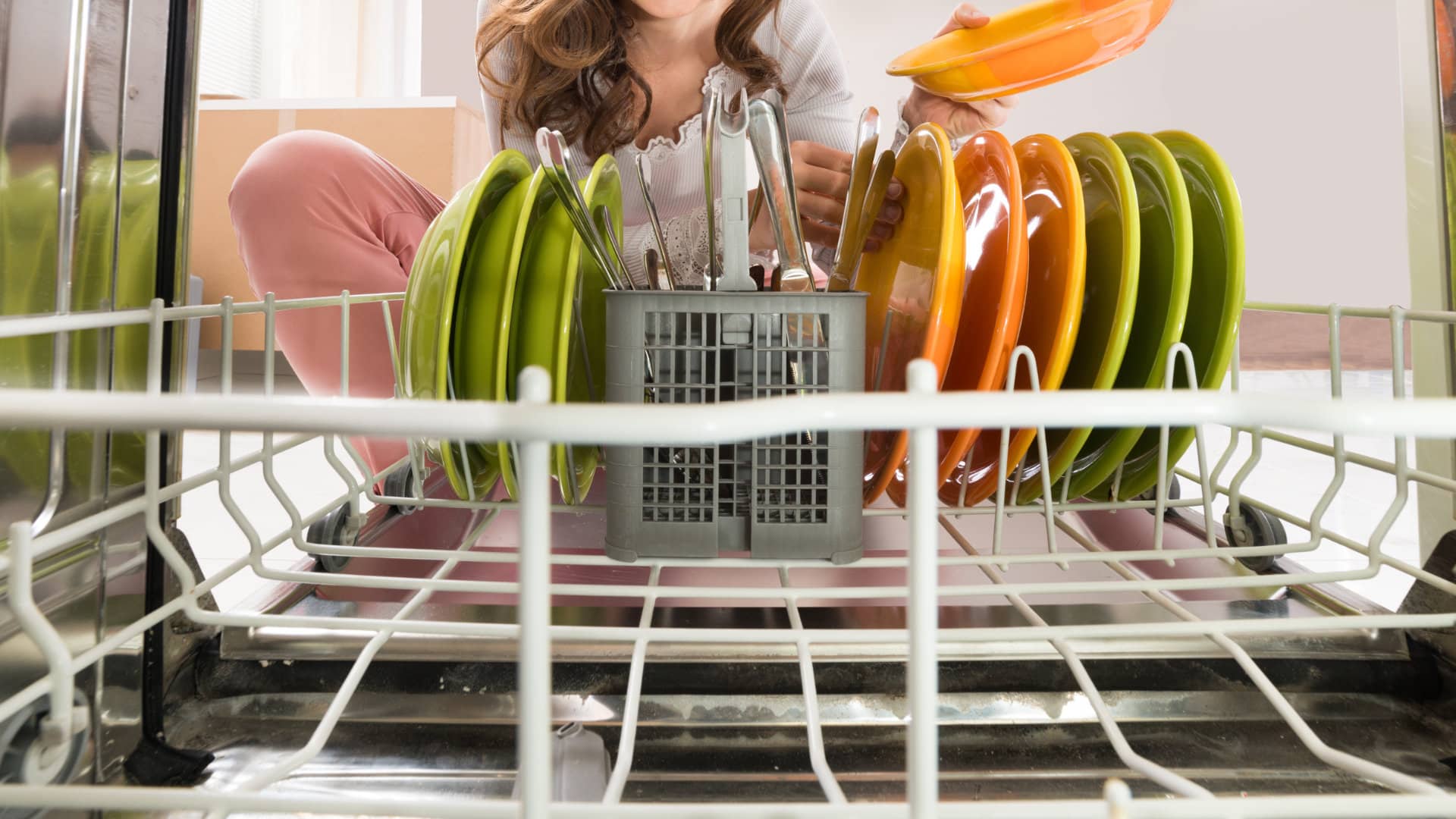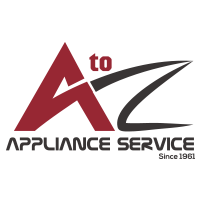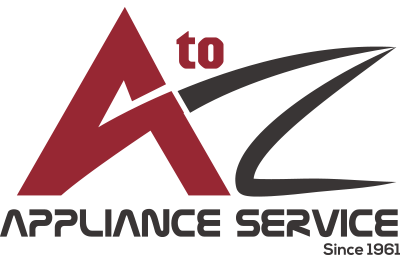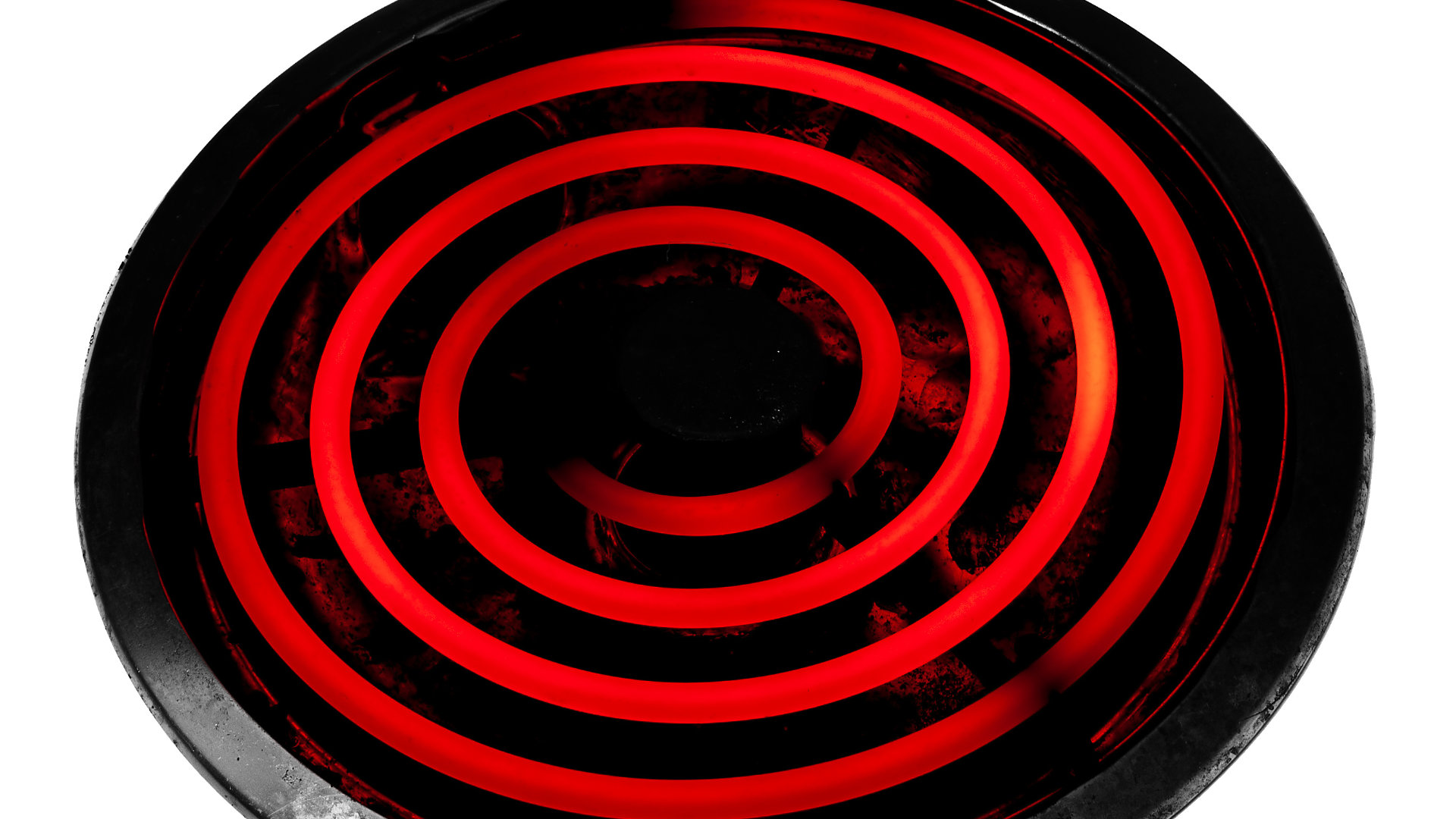
There is nothing more frustrating than a burner that does not heat evenly. Whether you’re cooking eggs or stir-fry, no one wants to deal with a burner that scorches one half of the pan and undercooks the other half. An unevenly heated burner can wreak all sorts of havoc and there’s no end to the meals that can be ruined. The problem? The heat isn’t distributing evenly across the entire coil.
With an electric stove, electricity is sent into the burner coil which is then supposed to warm up as it is evenly electrified. An unevenly heating burner on an electric stove means that electricity is not distributing evenly over the entire coil length of the burner. Fortunately, a problem like this can often be solved with just a little troubleshooting at home.
If your electric stove burner is not heating evenly, try the following solutions to see if you can work out the problem or figure out your next steps.
Dirty Burner Not Distributing Heat
In cooking, spills are very common. Some of us are less tidy chefs than others. You may regularly have food sloshing out the side of a pan and burning onto the coils of your burner. Even a single clumsy spill, perhaps not from the regular chef, can cause a burner to become coated in burned-on food. The food that burns directly onto the coil can then act as an insulator, preventing the burner’s heat from fully reaching a pan. In this way, a dirty burner can absolutely seem like a burner that isn’t heating evenly. If you want to be sure this isn’t the case (or if you know it is your problem), start by removing the offending burner. Soak it in hot water for ten minutes, then use strong soap and scrub with a steel wool pad to get rid of any cooked-on layers of charred food on your burner.
When your burner is completely clean, dry it thoroughly and plug it back into the stove. Now try to cook something and see if the burner heats evenly.
Unseated or Dirty Connection Not Conveying Power
A similar problem can be a lack of alignment or a layer of grime on the burner connection itself. This is where the burner prongs plug into the stove socket. If the burner is unseated, then the prongs won’t make full contact with the electrical elements and the burner won’t be able to heat up evenly. This can be fixed either by pushing your burner firmly into its socket or by removing the burner and then re-securing it into the socket in one firm motion.
The other option is that your connection is dirty. When hot liquid falls onto the burner, there’s a possibility that it could run down the burner and onto the connection. In this case, the next step is to remove your burner and clean the prongs. If you would also like to clean the connection in the stove, unplug the stove first so there’s no risk of electrocution. Use a damp cloth to clean the socket and dry the socket completely before plugging the stove back in and testing your work.
Unlevel Burners Cause Tipping Pans
Here’s one for the books: It could just be that your burner isn’t level. We all hate pans that tip to one side, but sometimes it’s the burner’s fault. Electric element burners are not seated as securely as we sometimes think. There is just the socket and the burner resting in the drip pan. Burners can get nudged so that they make a connection, but are tilting to one side or the other.
Take a close look at your burner. You can probably adjust it with small nudges until it is level again. To be sure, allow the burner to cool and place a bubble-level on top of the surface. Use your bubble level to determine whether the top of each burner is also level. If it is not, carefully adjust the way the burner sits in the drip pan until it is level. You may be able to install small silicone feet for the burner struts to help each burner stay upright in its proper place.
Worn Out Burner Element
The next potential problem is that your burner element has worn out. Burner elements can last for decades, but they don’t last forever. Any one burner element can go in just a few years, especially if manufacturing was faulty. The good news is that there’s a quick and simple way to test if your burner element is the problem or if it’s the socket instead. Simply switch out two burner elements. If your once-uneven burner element glows up fine in a different socket, then the element is in good shape. If, in a new socket, the element shows the same uneven heating behavior, then the element itself has to go.
Replacing a burner element is conveniently easy. Once you purchase a replacement burner element of the right size and model, all you need to do is plug it in. Remove the old burner to throw away, and insert the new burner in its place. Then turn on the power and confirm that the new element heats evenly in the socket.
Faulty Burner Socket
Finally, the last option is that your burner socket is faulty. The socket itself may not be connecting to the burner correctly or conveying the right amount of electricity. Even if your burner is clean and settled properly into the socket, if the socket is faulty, you’ll see uneven heating and other potential malfunctions.
Unfortunately, a faulty burner socket is much more challenging to fix than simply cleaning and re-seating the burner as with previous solutions. So try the above solutions first before assuming it’s the burner socket or tackling a socket repair. In this case, most likely you will need to fully replace the old burner socket with a new one. This will involve identifying the right replacement part number from the stove manual, ordering the part, and approaching a repair to the inside of your stove. If you’re confident with this, go ahead. If not, call a repair technician.
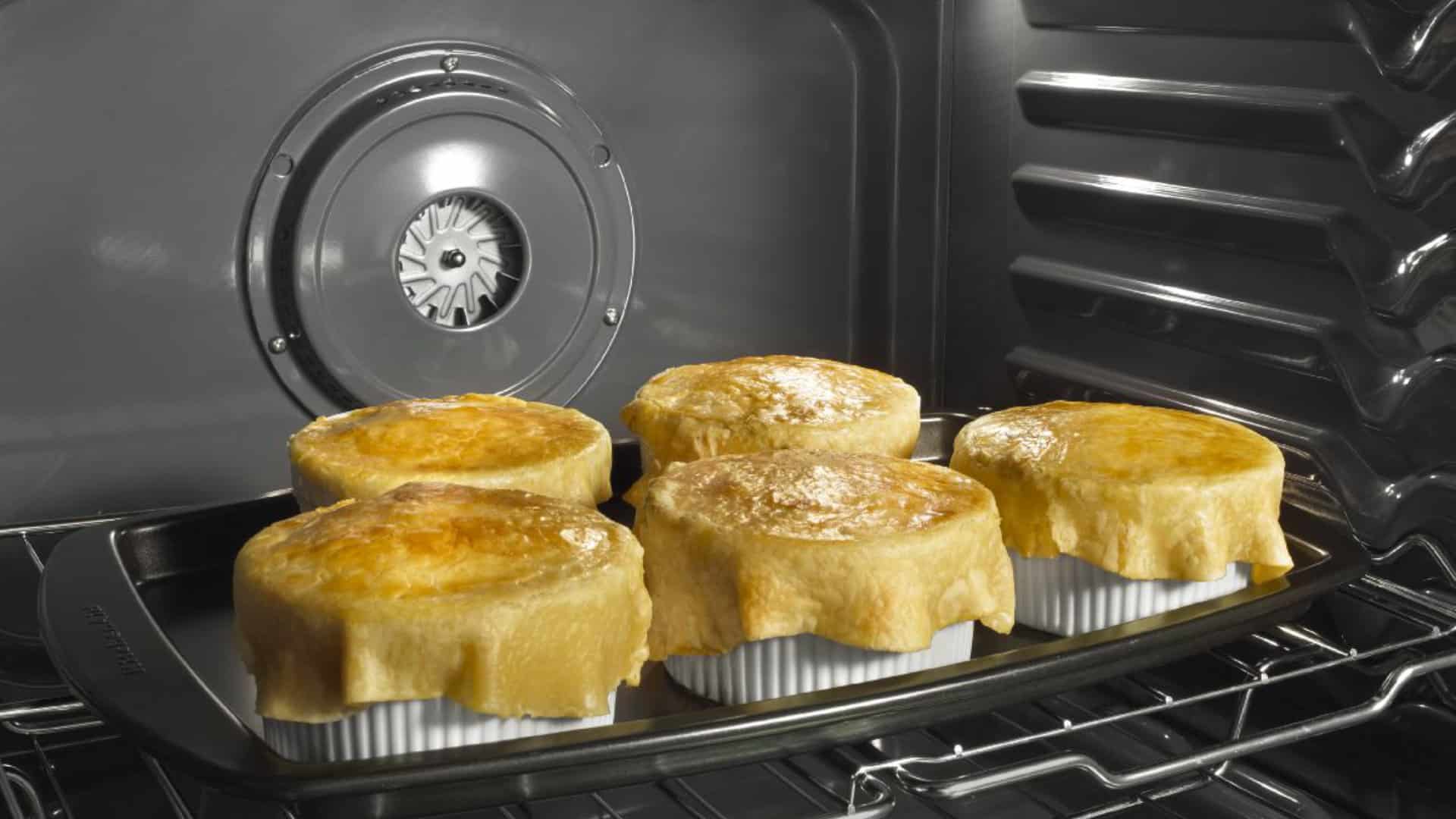
How to Fix Whirlpool Stove F9 Code
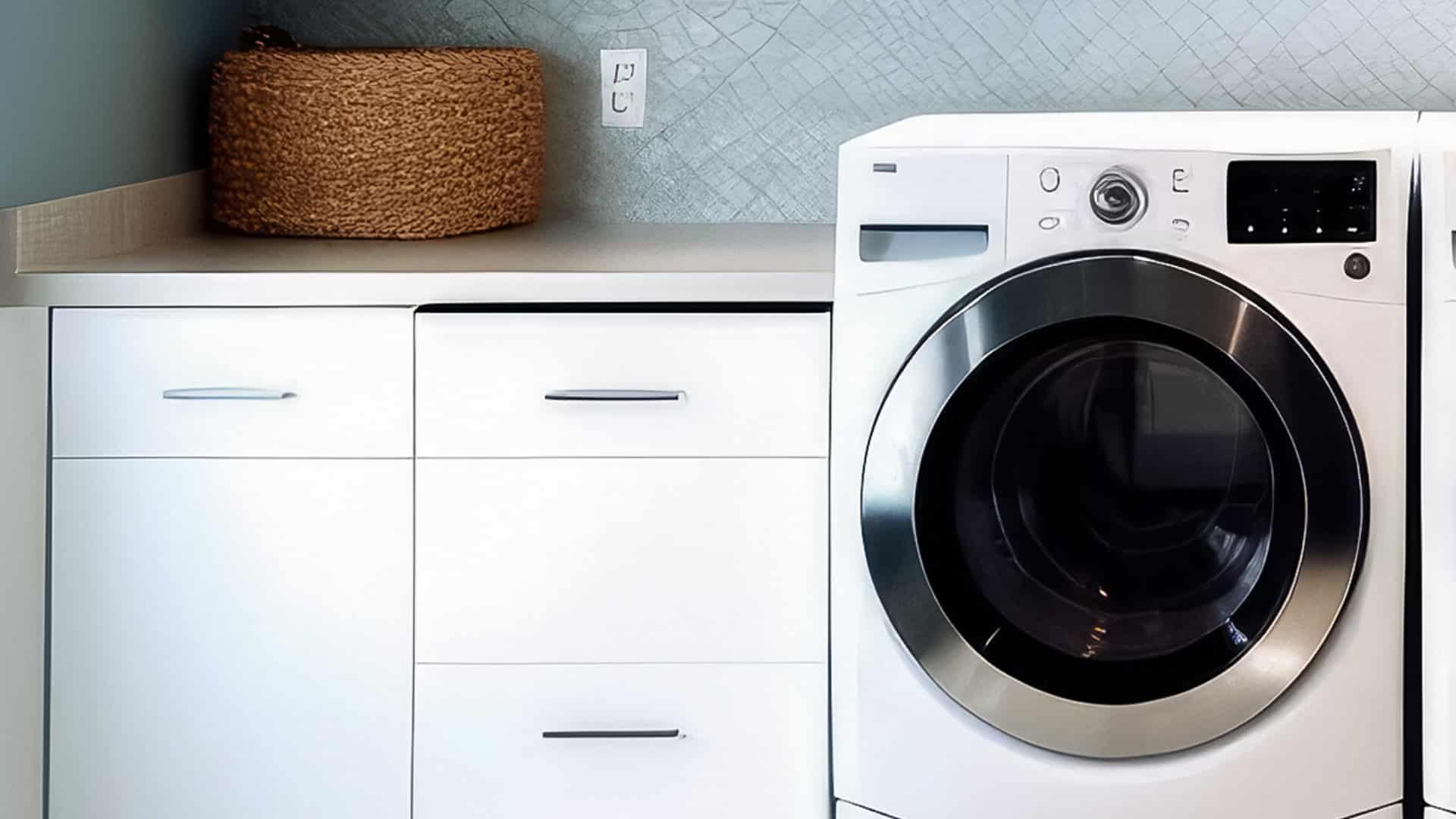
Fix Whirlpool Duet’s F20 Error Code
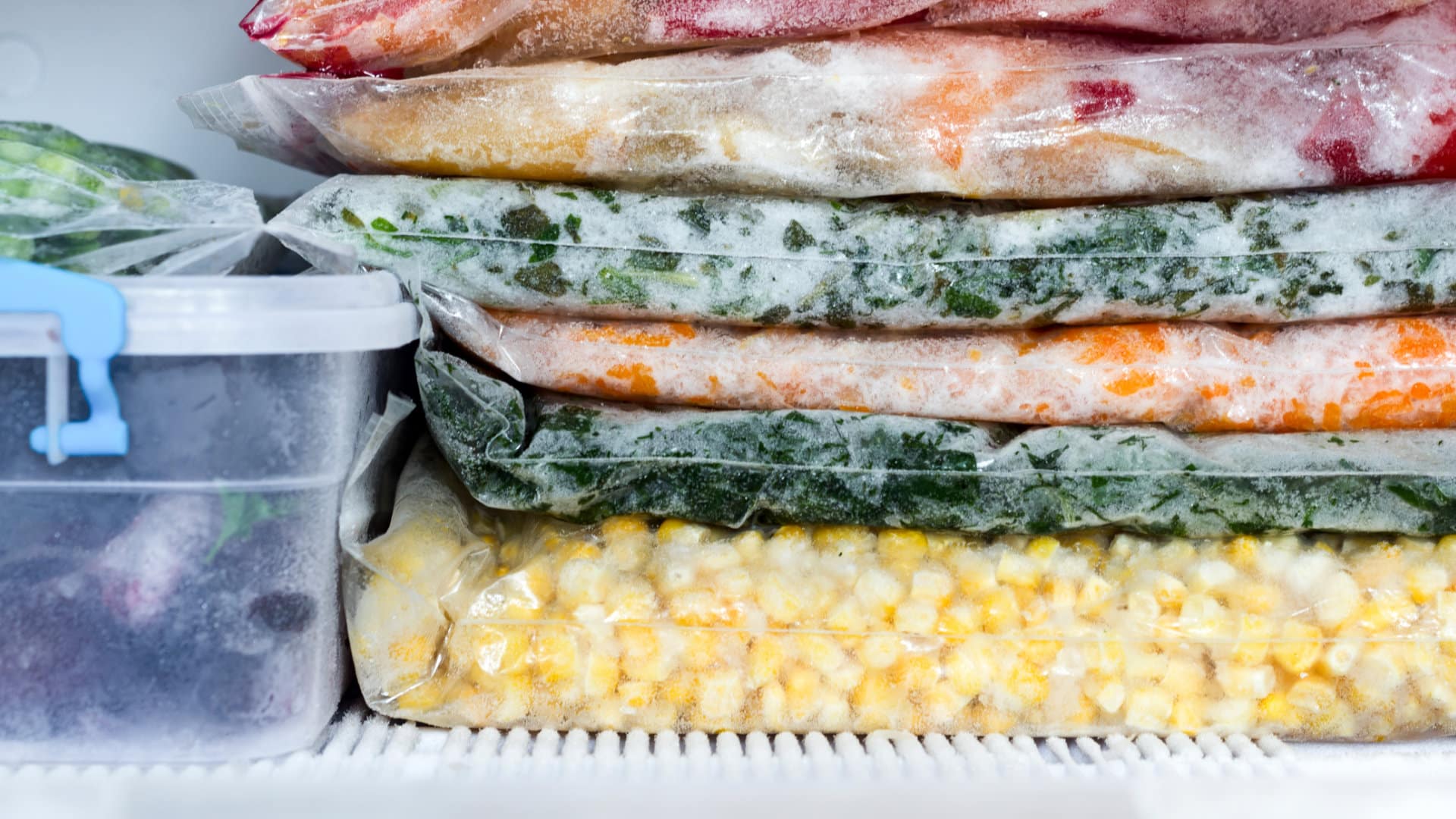
Freezer Working But Not Fridge? 5 Fixes

Speed Queen Washer Error Codes Explained
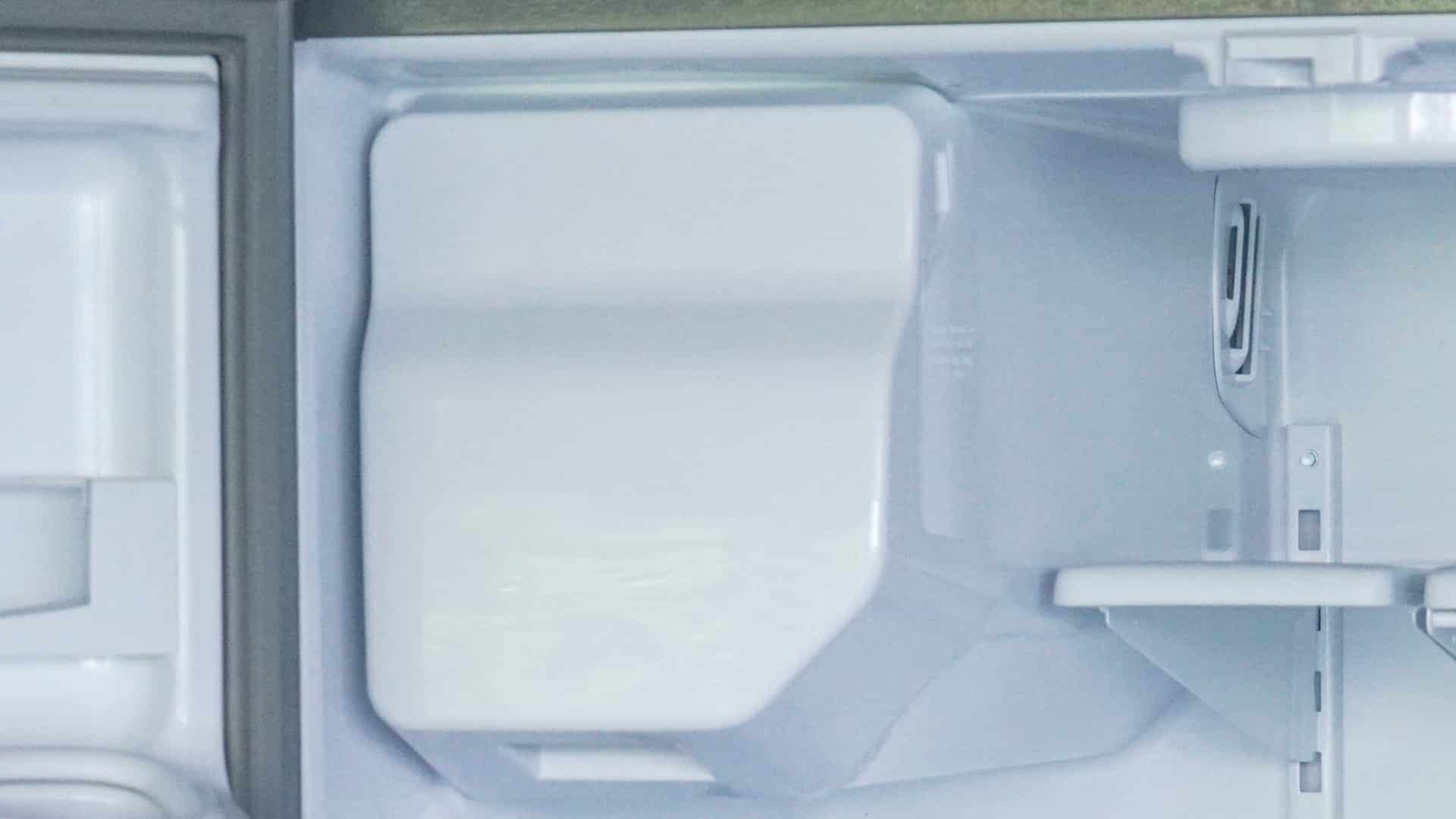
7 Reasons Why Your KitchenAid Ice Maker Isn’t Working

LG Oven F9 Error: Here’s How to Fix It
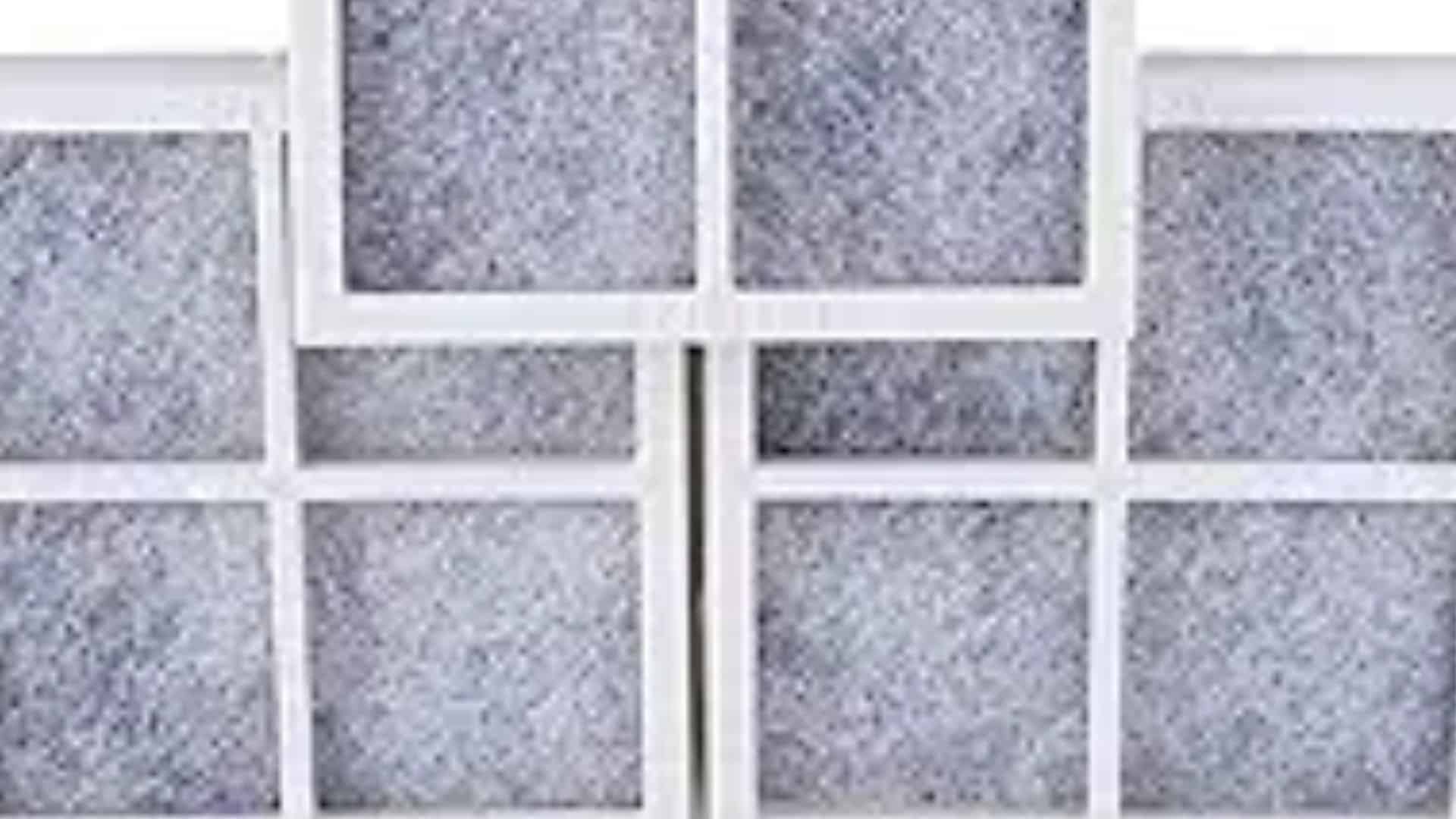
How to Replace an LG Refrigerator Air Filter
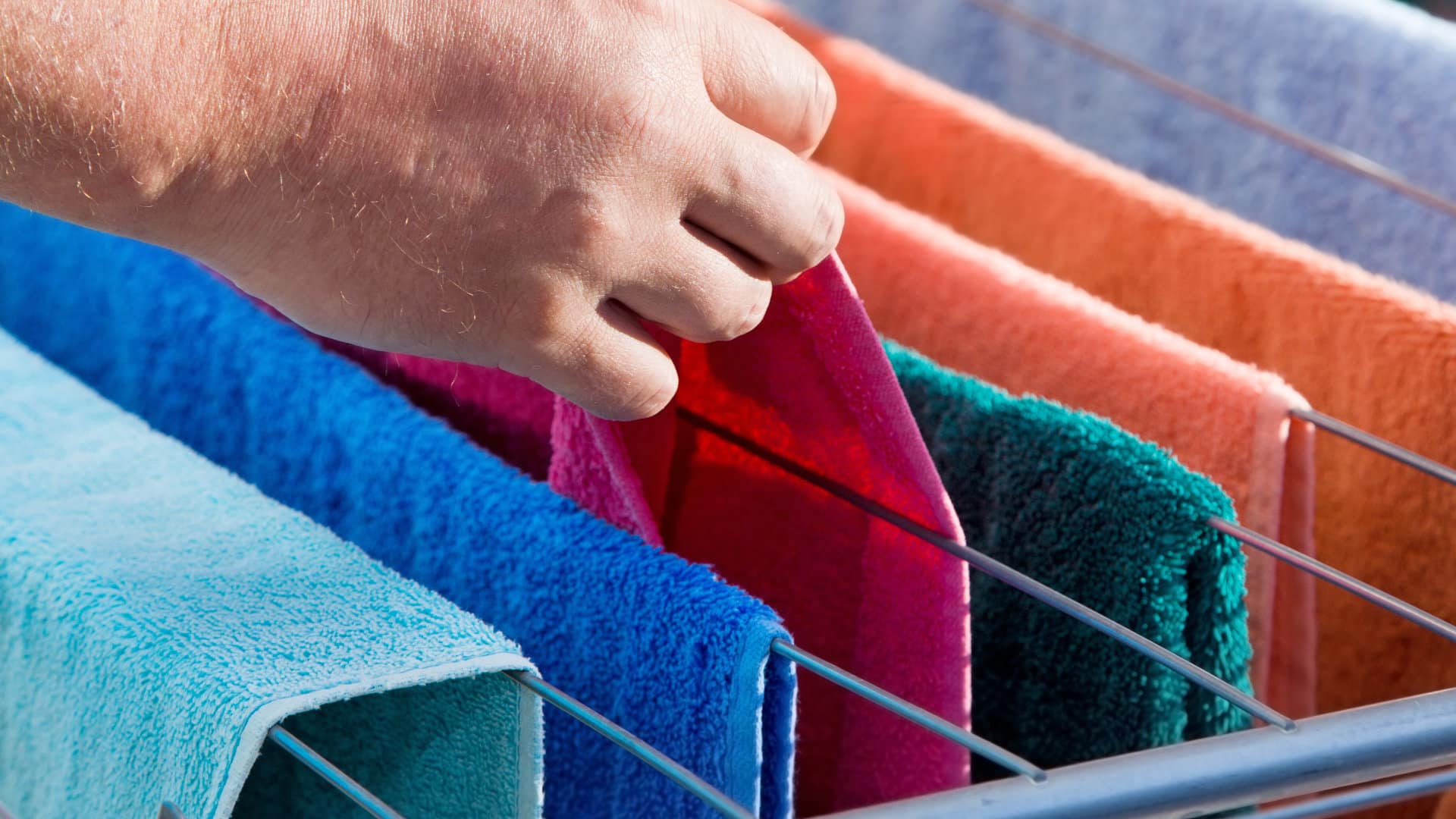
What Do Dryer Sheets Do?

How to Cook Corn on the Cob in the Microwave
